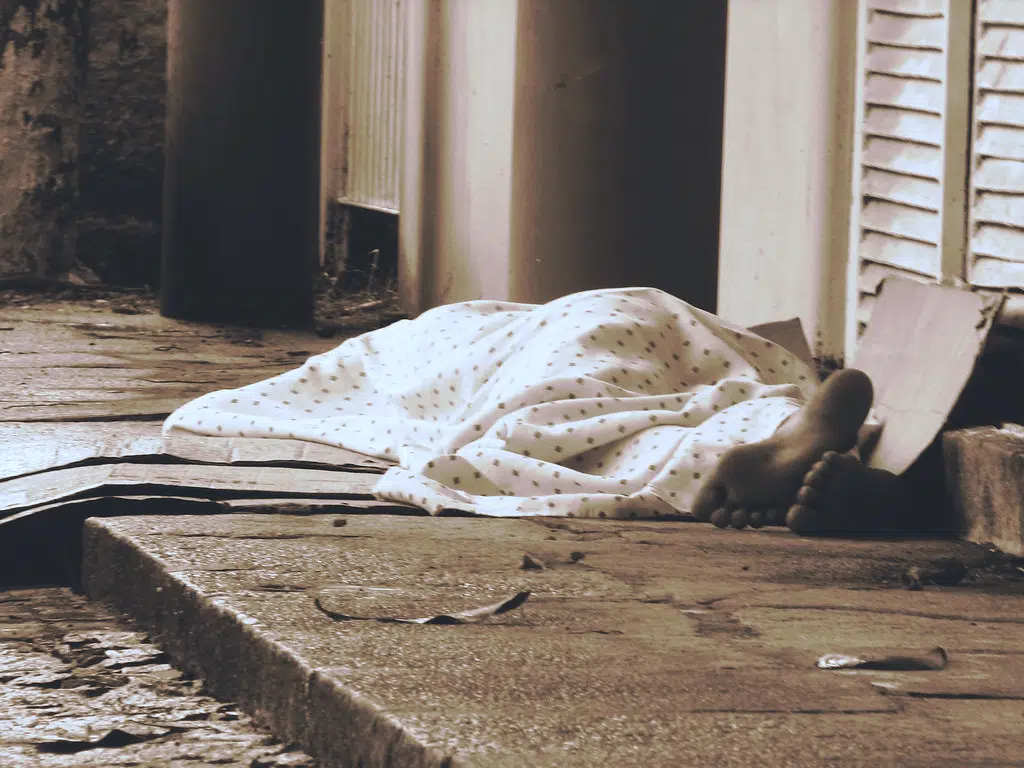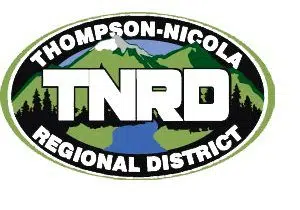The results of the Point-in-Time Count in Kamloops – which took place over a 24-hour period in April – will be made public next month.
Speaking on NL Newsday, Community and Emergency Supports Supervisor, Natasha Hartson, says she is not able to release any of the details just yet.
But she confirmed the numbers will be more that 2021 count which identified 206 people experiencing homelessness in Kamloops.
“There has been an increase, and it wasn’t surprising that there had been one but now we have the data to back up what I think people were anecdotally saying,” Hartson said, on NL Newsday. “So yes, the report will see an increase from 2021.”
“I’m not ready to release any direct numbers at this time as we want to go through the appropriate channels for disseminating that information but I am working very diligently to get this to council in October.”
This year’s count took place at participating shelters Wednesday night, April 12, and along riverbanks, parks, and alleys in Kamloops on Thursday, April 13.
The idea is to both count the number of people experiencing homelessness at that point in time and why they are in that situation. Advocates though say the hidden homeless – like couch surfers or people living in their vehicles – are likely to be under-represented in counts like this.
“We’re fully aware that there is limitations and undercounts in it, but it is one key methodology piece in a series of other things you can use to tell the story of homelessness,” Hartson told Radio NL in March.
“These are definitely numbers that we utilize in those conversations that we’re having with BC Housing and partners around how many spaces that we need to be prepared for.
Hartson says the data gathered will – among other things – help direct resources towards areas of greatest need.
“The city of Kamloops will specifically use [the data] often in order to make some decisions and to understand the needs that we have as a community,” Hartson said.
“The data also gets shared with our stakeholders and our community partners. I know they use the data to apply for grant funding, and then the data also gets fed into a provincial report [to put Kamloops as part of that provincial conversation].”














